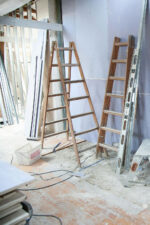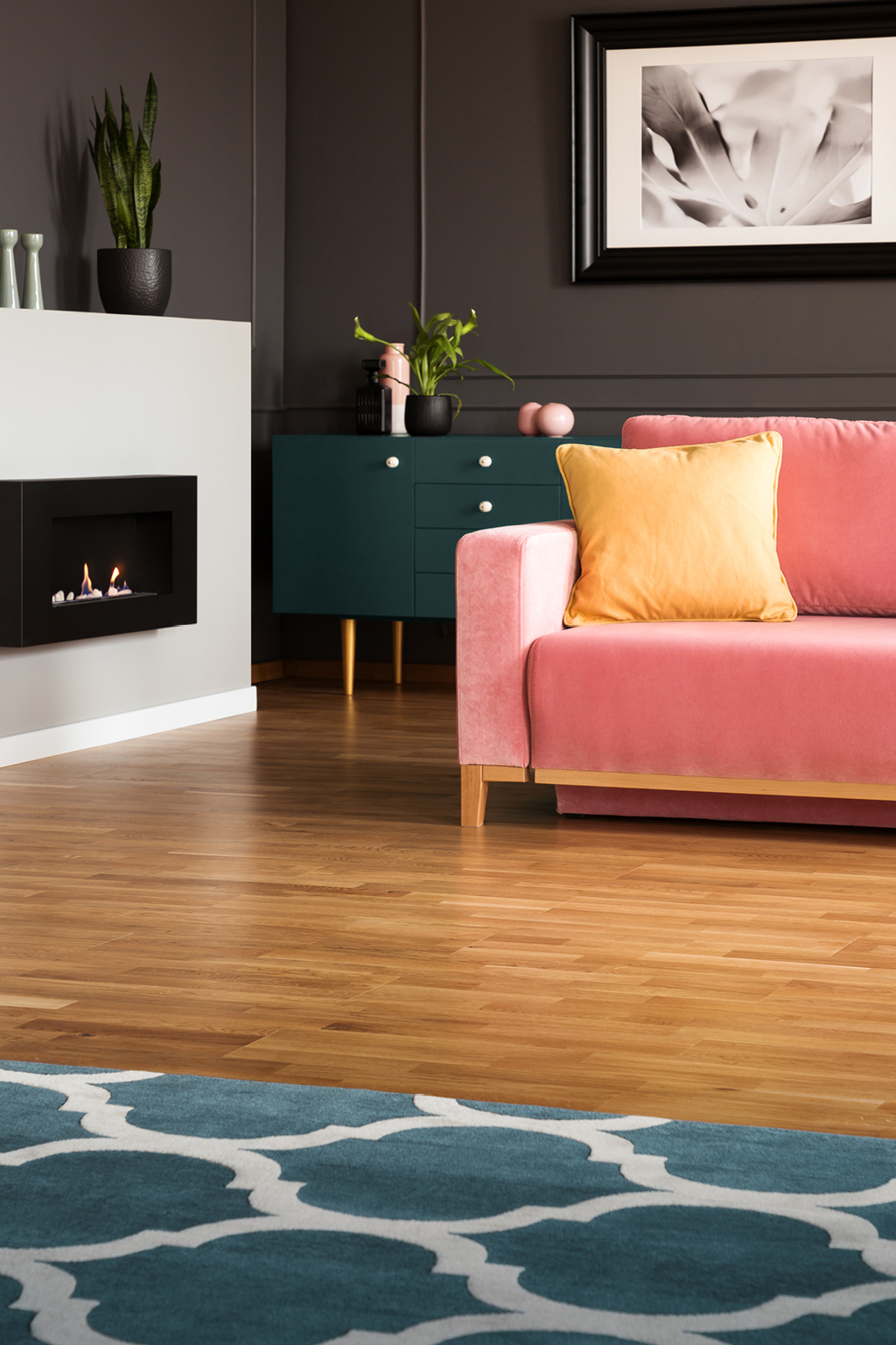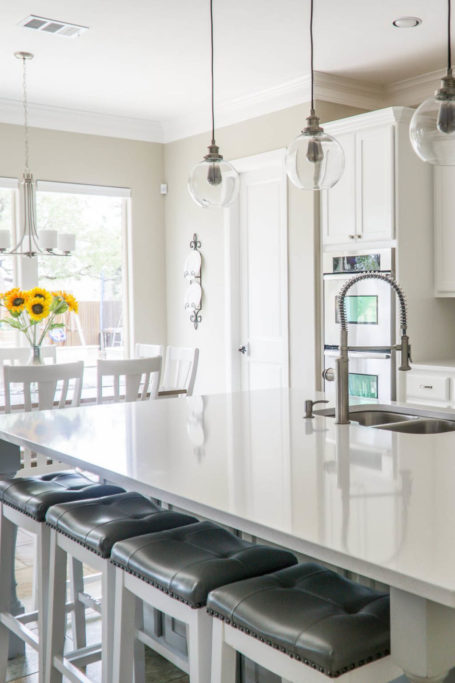Upgrade to Eco-Friendly Flooring
When it comes to eco-friendly home additions, you might think about the value of energy-efficient insulation, appliances, and windows. However, buyers are now looking to improve energy efficiency in a surprising place—their floors. In 2019, The National Association of Home Builders found that the average homebuyer is willing to pay an additional $8,728 upfront for an energy-efficient home to save $1,000 a year in utility bills. Here are some eco-friendly flooring options that can reduce your bills, increase your home’s value, and help the planet.
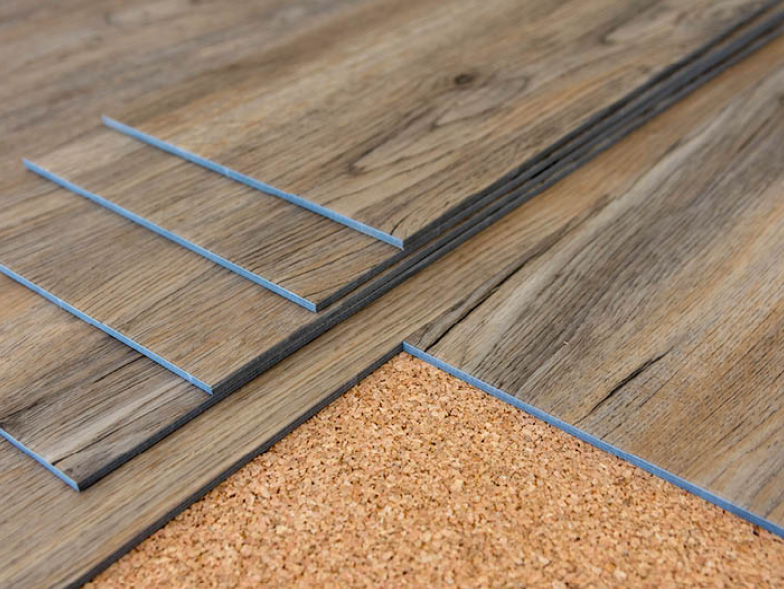
Natural materials
Using raw, natural materials for your flooring means when it’s no longer in use and disposed of, it will biodegrade. And you don’t have to worry about breathing in any harsh chemicals over time if you leave it unfinished.
Bamboo
Grasses like bamboo grow faster than trees, so they are far more renewable than traditional wood. Bamboo floors are one of the most popular options for eco-friendly flooring because they are budget-friendly and look like hardwood, but can be purchased for half the price while offering twice the energy efficiency. You can place bamboo flooring in just about any room, aside from bathrooms and other areas prone to standing water. Be sure to choose a solid bamboo floor, not an engineered one, to reap the most benefits. Installing a bamboo floor is like installing hardwood, so you should consult a professional if you’re unsure about the process. As a bonus, it doesn’t need any sealant, so you won’t need to spend any money to reseal your bamboo floor as it ages.
Cork
Cork comes from the bark of the cork oak tree, which can be sustainably harvested since the removal doesn’t harm the tree, and it fully regenerates new bark every nine years. Natural cork is easy to maintain, hypoallergenic, mildew resistant, can absorb sound, and has antimicrobial properties. Like a cushion, cork floors are soft and can ease the stress on your back and legs. If you stand for long periods of time in your kitchen or office, upgrading to cork floors is a no-brainer. Even without a finish on top, cork flooring can stand up to everyday messes. Its soft exterior and tough interior makes it ideal for high-traffic areas like kitchens and living rooms.
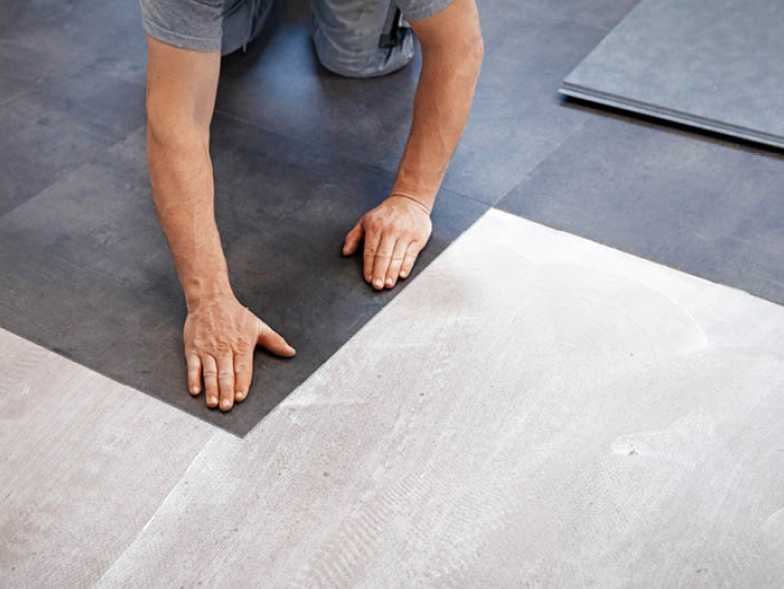
Terra-cotta
The translation of terra-cotta is “cooked earth.” It is a clay-like ceramic mixture made from mud and other natural materials that are fired in a kiln. Terra-cotta flooring is smooth, durable, and cool to the touch during hot months, yet can absorb heat in cold months. This tile is ideal for locations with extreme summers and mild winters. It’s easy to clean and comes in an almost endless variety of colors, patterns, and shapes. You can customize terra-cotta flooring to perfectly match your home’s style. Terra-cotta provides an earthy and rustic look that is hard to imitate with any other material.
Stone
Stone flooring is a type of tile cut and shaped from stone blocks. Common types include marble, granite, limestone, and sandstone. These materials can be expensive, but they are long-lasting, beautiful, and energy efficient. While they may feel cool to the touch, they are a good option for homes with radiant heating as stone conducts heat naturally and evenly. Carpeting may feel soft, but it can be spotty with warmth and absorb heat rather than radiate it.
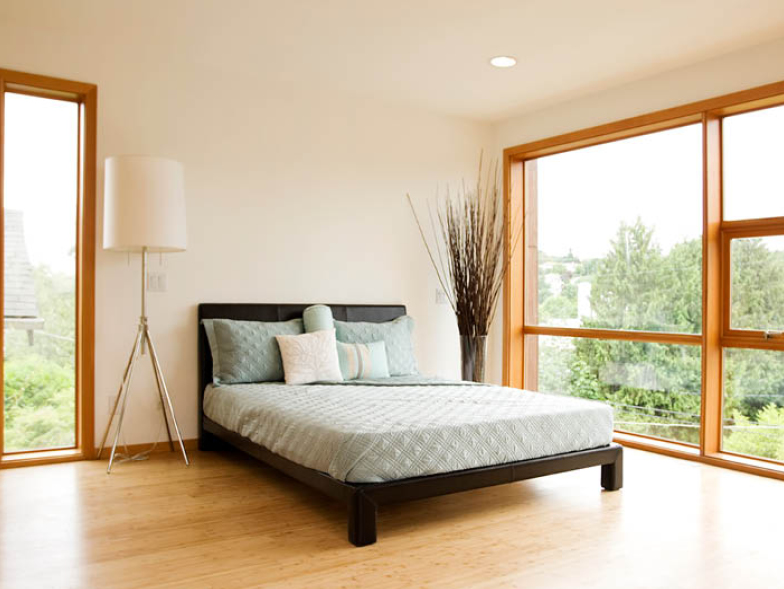
Recycled materials
Flooring made from recycled materials is another eco-friendly option that’s suitable for extreme temperatures and can withstand daily wear and tear.
Reclaimed hardwood
While engineered hardwood floors aren’t eco-friendly, reclaimed hardwood floors are. You can still have the look and durability of a hardwood floor without synthetic materials and chemical treatments. Reclaimed hardwood looks more rustic than a typical hardwood floor and can cost less than new hardwood.
Linoleum
Linoleum is often confused with vinyl, the latter of which is created from synthetic materials while the former is created from a mixture of natural materials including linseed oil, cork dust, tree resins, wood flour, pigments, and ground limestone. Linoleum is easy to clean, fire and water resistant, and holds up to a lot of wear and tear, making it a good choice for kitchens and bathrooms.
Rubber
Do you have a home gym or play area that gets dirty from kids and pets? Try recycled rubber flooring mats. Rubber flooring comes in squares or rolls that can go over your existing flooring and provide a soft but easy to clean surface for your household’s toughest messes. Look for companies like GreatMats, which makes its rubber flooring from recycled tires.



